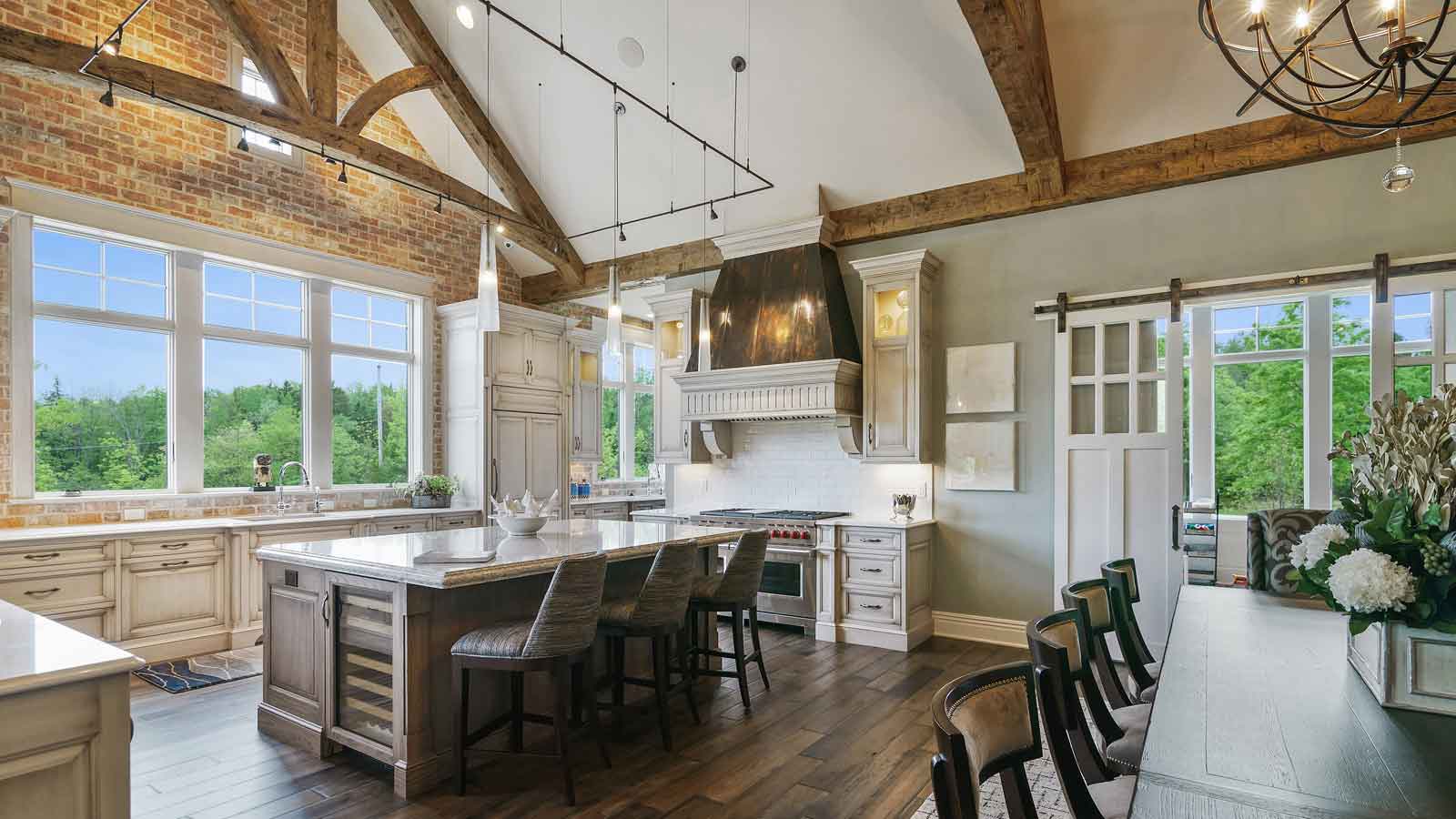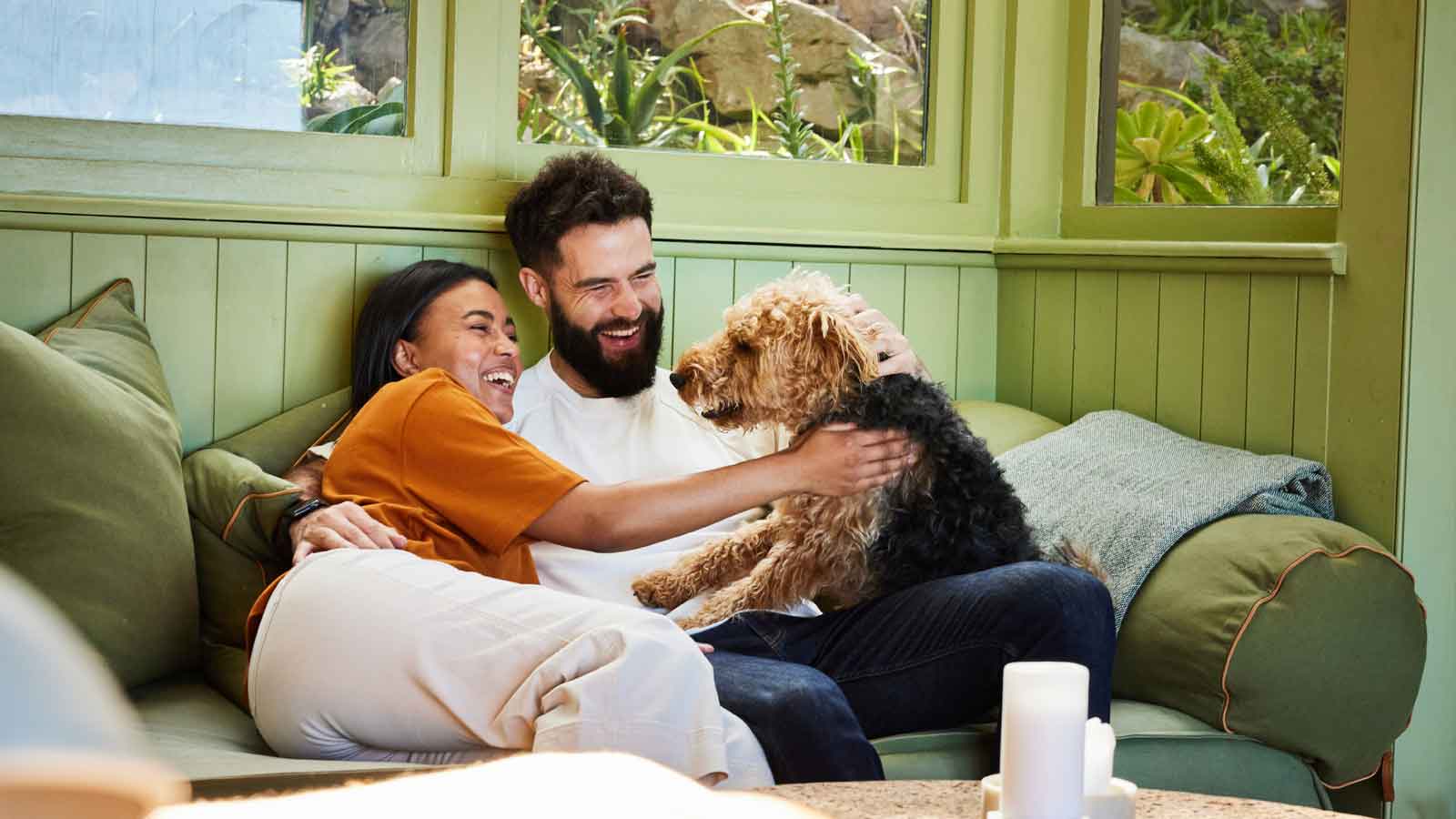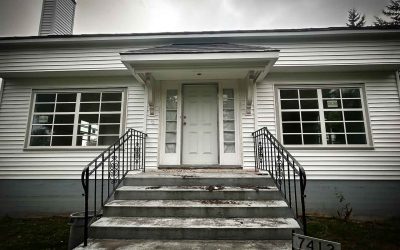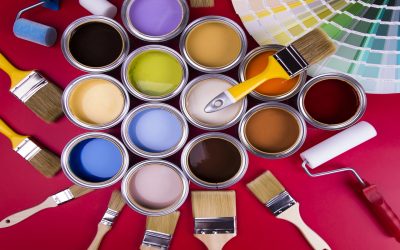Let’s face it—paint is basically mood lighting in liquid form. One minute your walls are silently judging you in that weird beige, and the next, they’re screaming, “Look at me, I’m Pinterest-worthy!” But there’s more to a paint job than impressing your in-laws or hiding that one suspicious stain. Color impacts emotion. And that, dear reader, is the magic of the Psychology of Paint.
At Roarty Painting, we don’t just splash paint on walls—we decode the emotional DNA of color. From peaceful greens to passionate reds, we help you choose colors that don’t just look good, but feel right. So, whether you’re repainting your living room or giving your exterior a curb appeal glow-up, this guide will walk you through how color psychology, home color schemes, and exterior paint colors can transform your space (and your mood).
Color Psychology: The Invisible Designer
Color affects human behavior, mood, and even perception of space. Ever wonder why fast-food restaurants use red and yellow? They’re not just trying to match ketchup and mustard—those colors trigger hunger and urgency. On the flip side, hospitals go for calming blues and whites to reduce anxiety (because no one needs stress on top of a medical bill).
When it comes to your home, color psychology can make the difference between “Ahhh” and “Ugh.” The psychology of paint reveals how subtle hues can affect everything from sleep quality to appetite to productivity.
How Colors Affect Emotions:
Blues are known to evoke calm, trust, and mental clarity. They are ideal for bedrooms, bathrooms, or any room where relaxation is key. Think of it as your visual exhale after a long day. According to color psychology, blue supports peaceful, introspective environments.
Reds signify passion, energy, and attention. A fantastic choice for accent walls or dining rooms, red can stimulate conversation and warmth—but use with care unless you want to feel like you’re dining in a salsa jar. The psychology of paint tells us red increases energy, which can be a plus in social spaces.
Greens bring balance, harmony, and a sense of nature indoors. Perfect for living rooms, offices, or sunrooms, green fosters peace and is associated with growth and renewal. Color psychology considers green the go-to for restorative calm.
Yellows radiate warmth, optimism, and cheer. Great for kitchens or bathrooms, yellow can bring a burst of sunshine to the gloomiest Vancouver day—just don’t go overboard unless you want your house to resemble a lemon grove.
Neutrals like taupes, greys, and soft whites offer versatility and elegance. They are timeless and form the ideal backdrop for any style, making your home look effortlessly pulled together. When chosen with care, neutrals in home color schemes anchor the design.
Interior Color Choices: Real Homes, Real Results
Case Study 1: Vancouver Loft Vibes
One of our clients had their heart set on a bold orange for their loft’s living room. We understood the energy they wanted but helped them pivot to a rich terracotta—still warm and dynamic, but easier on the eyes. The result was a contemporary, cozy aesthetic that became their favorite hangout spot. This transformation used the psychology of paint to enhance relaxation without compromising energy.
Case Study 2: North Van Zen
In a North Vancouver home, we transformed a master suite with robin’s egg blue. The couple now refers to it as their personal retreat, claiming it shaved a few stress levels off their daily routine. And honestly? We believe them. That’s color psychology at work in its purest form.
Exterior Paint Colors: First Impressions Matter
While interior colors influence your private comfort, exterior paint colors influence public perception. They’re your home’s handshake to the world. A smart exterior color scheme can increase curb appeal, resale value, and, yes, neighborhood envy. According to the psychology of paint, exterior tones can project confidence, creativity, or elegance—before anyone even steps inside.
Top Exterior Color Combos That Work in the Lower Mainland:
- Navy Blue and White Trim – Elegant and timeless, this combo works especially well for heritage homes in neighborhoods like Kerrisdale or Shaughnessy. It communicates stability and sophistication, key attributes in color psychology.
- Charcoal Grey with Wood Accents – A modern aesthetic favorite, especially in Mount Pleasant. These shades add edge and drama while still remaining tasteful. This exterior paint color is a favorite for urban dwellers embracing sleek design.
- Earthy Greens and Beiges – These tones blend beautifully with the natural surroundings of areas like Coquitlam and Maple Ridge, creating seamless transitions from outdoor to indoor environments. These home color schemes reflect balance and harmony.
- Slate Blue and Black Trim – This bold and contemporary pairing transformed a dated Langley bungalow into a neighborhood showpiece. The house didn’t just stand out—it stood proud. It’s a winning example of the psychology of paint applied boldly.
Home Color Schemes: More Than Just Pretty Palettes
Choosing paint color room by room can be chaotic. But creating a cohesive home color scheme is like composing a melody—it should flow smoothly and harmoniously from space to space. Applying color psychology ensures that this flow enhances emotional continuity.
How to Create a Harmonious Color Scheme:
Choose a Base Color
Start with a neutral or soft primary tone that sets the tone for your home. This could be a pale grey, warm beige, or subtle sage. This foundational choice supports emotional balance through the psychology of paint.
Add Complementary Colors
Complementary doesn’t mean matchy-matchy—think contrast that works. Soft greys with dusky pinks, or sandy beige with oceanic blues. These combinations build visually pleasing and emotionally responsive home color schemes.
Purposeful Accents
Use bold colors strategically. A teal fireplace, mustard entryway, or coral hallway can be just enough to show off personality without overwhelming. Accent walls are a classic trick in color psychology.
Respect Lighting
Natural and artificial lighting will affect how a color appears. Always test swatches in different parts of the room, at different times of the day. This step is critical in achieving the intended emotional impact defined by the psychology of paint.
Reflect Your Personality
Ultimately, the best color scheme is one that resonates with your lifestyle. Whether you love vintage charm or sleek modernism, your palette should feel like home. That’s the heart of color psychology in home design.
Avoiding Color Regret: Expert Tips
Paint regret is real, and repainting isn’t fun for anyone—unless you really like drop cloths and fumes. Here are our tried-and-true tips to avoid common missteps. These also ensure you stay in tune with effective color psychology.
Always Test
Don’t rely on that tiny paint chip. Paint a large swatch on your wall and observe it in morning, afternoon, and evening light. This prevents surprises and supports confident home color schemes.
Be Cautious with Trends
That trending terracotta might be hot today, but trends pass. Pick colors that you’ll love long-term. The psychology of paint prioritizes emotional connection over Instagram likes.
Context Matters
Consider the neighboring homes, your interior furnishings, and the architectural style of your home. What works in a downtown condo might not fly in a heritage bungalow. This matters doubly for exterior paint colors.
Consult Professionals
Let’s be honest—sometimes you need a second (or third) opinion. At Roarty Painting, we’ve saved many a wall from color disaster by stepping in before the paint hits the plaster. That’s the benefit of working with pros who understand the psychology of paint.
FAQs: Psychology of Paint
Does color psychology really affect how I feel in my home?
Yes! Scientific studies and practical experience show that colors can impact your emotional state, energy levels, and overall comfort. Think of it as a silent influencer working behind the scenes to set the mood. That’s why the psychology of paint matters so much in residential design.
What’s the best color for resale value?
Neutral tones like soft whites, light greys, and warm taupes are universally appealing and great for staging. They create a clean slate and help buyers envision themselves in the space. Color psychology supports the use of neutrals for broad appeal.
How do I choose a color scheme that flows through my entire house?
Start with a base color you love, then build out complementary and accent colors from there. Keep consistency in undertones (warm or cool) and consider the natural light and function of each room. This strategy creates cohesive home color schemes rooted in emotional comfort.
Final Thought
Choosing the right paint color is kind of like choosing the right coffee order—it says a lot about you and sets the tone for your whole day (or space). The Psychology of Paint isn’t about rigid rules—it’s about personal resonance. When you find the right color, it just feels right.
The best part? You don’t have to navigate this alone. Whether you’re chasing that perfect cozy vibe or looking to elevate your curb appeal, Roarty Painting is here to help you paint with purpose and confidence. Let your home speak the language of you—boldly, warmly, and beautifully.
Why Roarty Painting?
Roarty Painting isn’t your average paint crew. We’re your color guides, your design allies, and occasionally your mediators when you and your partner disagree over “greige” versus “warm taupe.”
Based in the Lower Mainland, we bring experience, creativity, and a whole lot of personality to every project. Whether you’re in Vancouver, Burnaby, Coquitlam, Langley, or beyond, we’re here to help your space tell its story. Our knowledge of color psychology, exterior paint colors, and home color schemes is part of every project.
We offer:
- Personalized color consultations
- Professional and efficient paint services
- Detail-driven finishes
- Clear communication and joyful collaboration
Call us at 604-477-9184 or email roartypainting@gmail.com to get started.







